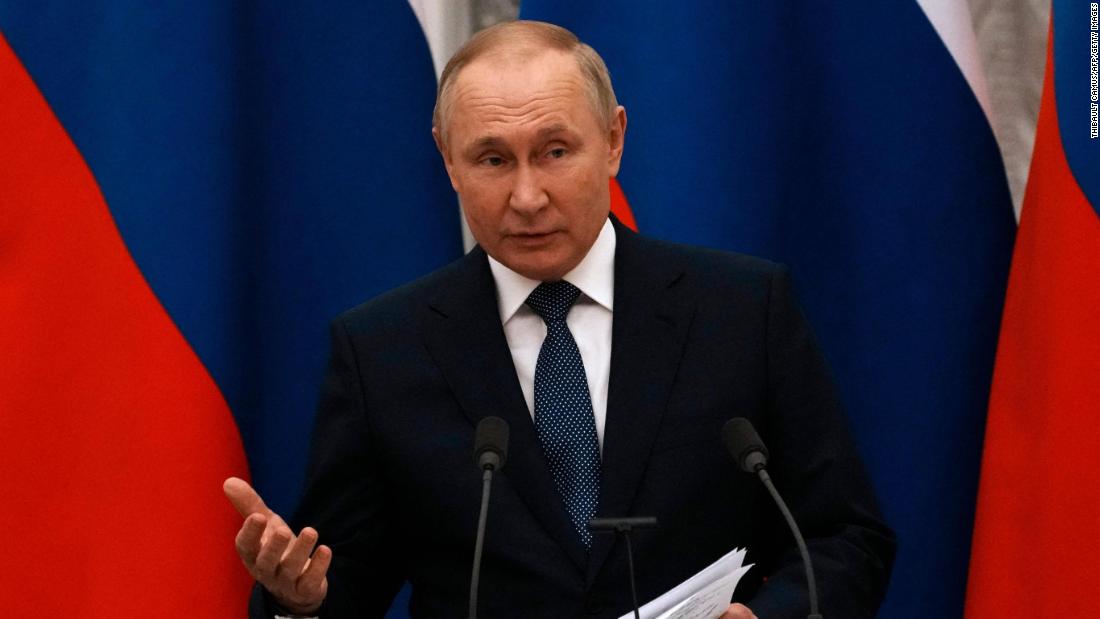Some of the evacuees from the Azovstal steel plant have been speaking about their experiences after arriving in the southeastern Ukrainian city of Zaporizhzhia.
Elina Tsybulchenko, a former employee at the plant, says she was in a bunker there from March 2 until May 1 with her family.
They’d survived on soup and tinned food and unsweetened tea — but not much of it, she said.
She told CNN that when they left, there were still 42 people left in their bunker. “Only civilians, we did not have any military in the bunker. ‘Because if we are in the bunker, you will be in danger’ — the military said,” according to Elina.
Speaking of the bombing, she said: “I never thought the earth could shake like that. It didn’t just shake. The bunker jumped and trembled.”
CNN asked Tsybulchenko why she had chosen not to go to Russia or the self-declared Donetsk People’s Republic.
“Because I am Ukrainian, and my homeland is in Ukraine, and not in Russia and not in the DPR,” she said. “Mariupol was my city, but now it is gone, there is nothing.”
She said she had lost precious family heirlooms, such as a traditional embroidered costume which was 150 years old.
“It survived the Holodomor (the mass starvation of Ukraine by Stalin in the 1930s), deportation, World War I, World War II, even the Nazis did not destroy it. And the fascists did not destroy Mariupol. But the Russians came and destroyed it,” she told CNN.
The family had three apartments, she said. “And it all burned down, everything burned down.”
She said that after leaving, they spent a night in a Russian filtration center in Bezimenne village.
On the way to Zaporizhzhia, she said she started to cry when she saw the Ukrainian flag.
Tsybulchenko noted that now she just wants to wash and have clean underwear.
Sergey Kuzmenko, also an employee of Azovstal, was there from March 8. He said that in April the soldiers at the plant had managed to get cereals and canned food into the plant every few days.
“People rot in basements,” he said. “So that you understand, (there are) 2 to 3 flights of stairs to the basement, there is dampness, there is no ventilation for 60 and more days there.”
“At the beginning of the war, the plant had 36 bomb shelters. But at the moment there are only a few left,” he said. He described how a two-story building was demolished by one bomb,
He said as they left they saw that two floors of their bunker were full of badly wounded soldiers.
Kuzmenko told CNN that Russian troops had searched through all his belongings after he was evacuated and he was examined for tattoos. “They offered options to return to Zaporizhzhia, or go to Russia or stay in the DPR. Some stayed in Russia. They didn’t force them,” he said.
Kuzmenko described a tortuous journey with many stops and detours. He said the passengers were aware that hundreds of people they passed could not join the convoy, including about 500 waiting at a shopping center outside Mariupol and at villages along the way.
He said he was really looking forward to shaving for the first time in more than two months.
Many of the evacuees seemed overwhelmed, exhausted, pale and thin, but also relieved to be safe. Some of the children seemed to be ravenously hungry.








More News
Columbia Says Student Protesters Agree to More Talks and to Remove Some Tents
After $15 Billion in Military Aid, Israel Calls Alliance With U.S. ‘Ironclad’
Trump Respects Women, Most Men Say